
All categories
Featured selections
Trade Assurance
Buyer Central
Help Center
Get the app
Become a supplier

(316 products available)














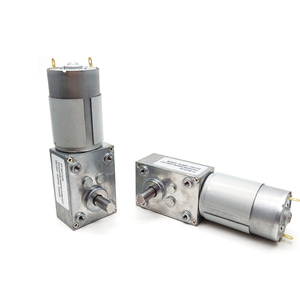


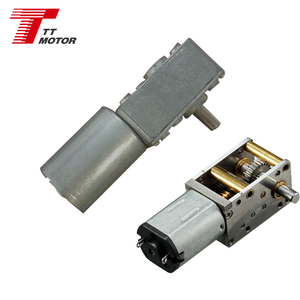




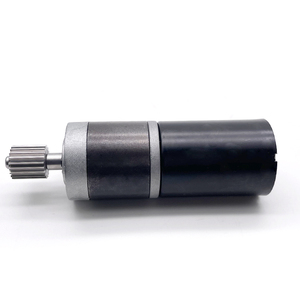

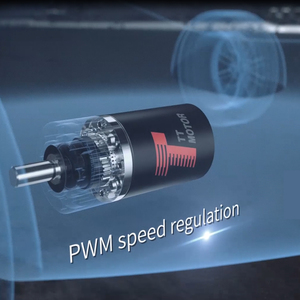
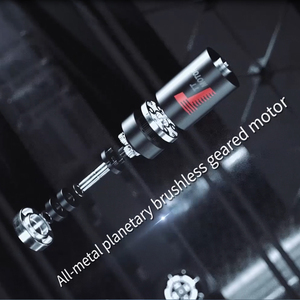






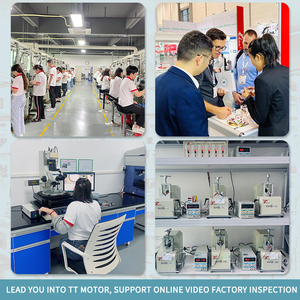

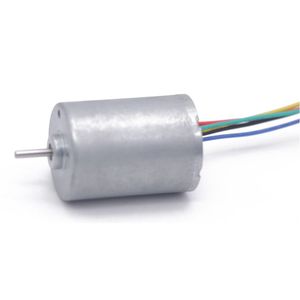


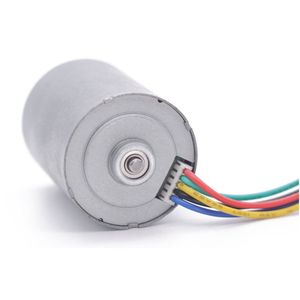

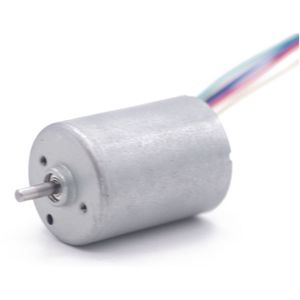







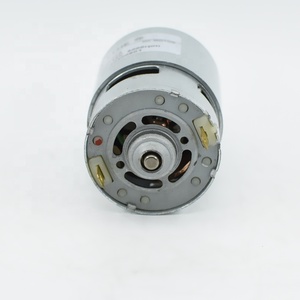


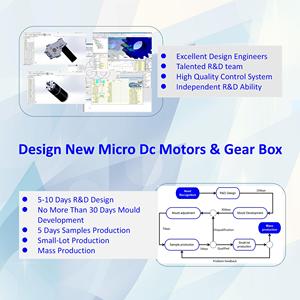

There are several types of high-torque 12V DC motor 12000 RPM. It is often based on the construction of its brush, operational characteristics, and application.
Brushed DC Motors
Brushed DC motors have always been the most common type of DC motor. These consist of the brush and commutator. These motors offer high torque at low speeds, which makes them ideal for applications requiring massive power, e.g., in automotive systems. The main disadvantage of a high-torque 12V brushed DC motor is that the brush wears out with time and therefore requires a maintenance routine.
Brushless DC Motors
High torque, brushless DC motors use permanent magnets and not brushes to generate the magnetic field. This means that, while they also cost a little more, these are more efficient and have a much longer operational life. Brushless motors should therefore be used in aerospace and medical gadgets, where their reliability comes in very handy.
Permanent Magnet DC Motors
In this variety of motors, the magnetic field is generated by a permanent magnet. It works well in applications where low speeds and high torques are required. Applications range from electric vehicles to conveyor belt systems.
Series Wound DC Motors
In series-wound DC motors, the field winding is connected in a series with the armature winding. This means that the current passing through them both will lead to an output that is proportional to the load on the motor, which delivers very high torque when the load is under stress. This makes them ideal for applications like electric cranes and hoists, where huge inverter-duty electric motors need to have variable loads.
Shunt Wound DC Motors
Shunt motors maintain a constant speed and torque and, therefore, are not as high in torque as series-wound motors. However, since their torque is always consistent, they are often utilized in printing presses, where the operation must always be optimal.
The 12V DC motors high torque 12000 RPM are made from various materials. It is, therefore, based on the components of the motor and the requirements of each specific application. The materials will add to durability, performance, and weight.
Housing Materials
The housing of a 12V DC fan motor is usually formidably constructed from aluminum and ABS (Acrylonitrile Butadiene Styrene), with each material offering a different set of advantages. While aluminum, with its strength and heat dissipation properties, helps keep the motor cool, ABS, being lighter and corrosion-resistant, helps reduce the overall weight and minimize the risk of rusting.
Rotors
The rotor of the DC motor may be fabricated from a number of different types of materials. These include steel laminations or copper windings for electrical conductivity in order to create the magnetic field. Steel offers great magnetic permeability, which helps in giving off the motor a great deal of energy. Copper is well known and celebrated for being a great conductor of electric current and is, therefore, often used for making motor windings.
Commutators and Brushes
Commutators as well as brushes, which are found in the brushed DC motors, are commonly made from copper (for commutators) and graphite or bronze for brushes because of their good conducting ability and wear resistance properties. Graphite-brushes help in reducing friction; therefore, they are better for the smooth operation of the motor and on a low power level.
Magnets
Permanent magnets are sometimes used in the construction of brushless DC motors. These can be made from neodymium, ferrite, or samarium-cobalt. Neodymium magnets are preferred for their high magnetic fields in small sizes; therefore, they are ideal when using brushless motors that require compactness and lightweight in designs.
Bearings
Bearings in DC motors from 12 volts are constructed from either steel or ceramic. Ceramic bearings, while more expensive, have less friction and are much more impervious to wear and tear. These are used in applications where efficiency and quiet operation come in handy.
Automotive Applications
12V has always been a standard voltage for many most electric systems in vehicles. High-torque electric motors are applied in power steering systems, window regulators, seat adjustments, etc. The torque and speed combination of these motors ensures that functions are performed quickly and efficiently.
Robotics
Engineering uses these motors in actuators, robotic arms, and wheels, where rotational force is imperative, especially in opposing objects. Given their compactness and scalability, they serve a wide range of robotics from automotive to industrial and service robotics.
Renewable Energy Systems
As far as solar energy is concerned, there are systems that store power in batteries and are then utilized DC motors to move the solar trackers. These trackers follow the sun with the aim of ensuring that the solar panels are in the right position to receive the optimum sunlight. This enhances the overall efficiency of energy harvesting.
Industrial Machinery
The 12V DC motor is especially high in torque and ideal for small industrial machinery, conveyor belts, and vacuum systems. Their ruggedness gives them the ability to handle continuous operations as well as varying loads seamlessly within the industrial setup.
Marine Applications
There are a variety of marine applications that also benefit from the torque and speed of these motors: from winches, bilge pumps, and boat propulsion systems to motorized sails. The compact and corrosion-resistant design of a 12V DC motor allows it to be used effectively in both freshwater and saltwater environments.
Healthcare Equipment
Special tools in the health sector, such as electric wheelchairs, pumps, and ventilation systems, operate with the help of 12V DC motors. In these situations, the torque and speed combination comes in handy when providing care for the patients and assisting them in mobility.
Agriculture
DC motors are also applied in agriculture: automated irrigation systems, seed planters, and other farm-automated machinery. In these scenarios, the motors assist in the mechanical processes of farming, increasing their efficacy and efficiency.
Torque Requirements
Go for motors with the right torque for the project at hand. If the application is of a higher load, for instance, in robotics or industrial machines, go for a higher torque motor. This aids in ascertaining that the operations demanded of the motor do not lead to straining and, eventually, overheating.
Speed Specifications
Another area to consider is the speed. This motor has a speed of 12000 RPM, thus giving it the capacity to perform at a high turnover rate. Check if speed requirements meet those of the application: in electric fans or cooling systems that require higher speeds. Slow-speed torque motors, on the other hand, are ideal for applications that require precise control.
Intermittent Vs. Continuous Duty
Determine whether the application demands intermittent or continuous operation. Motors designed for continuous duty can run for their longer period without overheating. Those for intermittent use are for applications that do not require extended operation without breaks.
Power and Efficiency
Consider the power consumption of the motor and how efficient it is. Given that it operates using 12 volts, it can easily use common battery sources. Check out the efficiency rating: high-efficiency motors use less power, meaning that they convert more electrical energy into mechanical energy. This is helpful in reducing operational costs and in giving a more environmentally friendly product.
Control and Compatibility
Evaluate control options: there are various motor controllers that allow speed and torque to vary, increasing application versatility. Ensure the motor and controller are compatible and with the rest of the system for effective operation.
Size and Form Factor
Lastly, consider the overall dimensions and form factor of the motor. In spaces that are smaller and do not have much space, it is better to have a compact design. On the other hand, if space is not an issue, ensure the motor has sufficient torque and speed output.
A1: This refers to a motor's ability to provide a strong rotary force; in this case, the motor operates on 12 volts and provides high torque and a high speed of 12000 RPM, thus excellent power for various applications.
A2: They have frequent and industrial uses in automobiles, robotics, electric tools, medical devices, and renewable energy systems due to their power and versatility.
A3: High-quality stators, powerful rotors, efficient windings, and gear systems increase torque on the motor, thus enhancing efficiency.
A4: It varies based on usage, conditions, and maintenance. Generally, brushless motors live longer than brushed ones. DC motors are commonly used for over 10000 working hours in normal conditions.
A5: Some of them are waterproof; therefore, they can work in wet conditions, while others are not. It is, however, necessary to check the IP rating for the specific model to determine weather resistance capability.